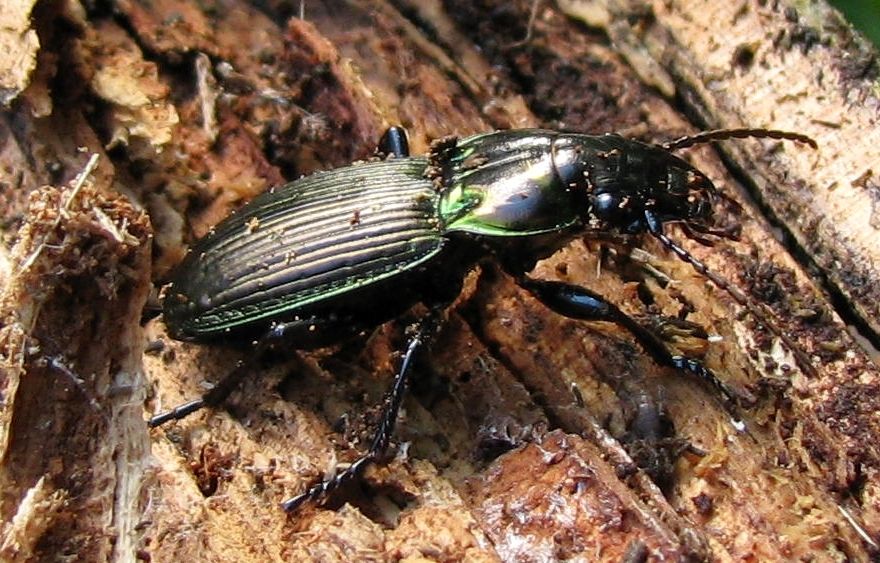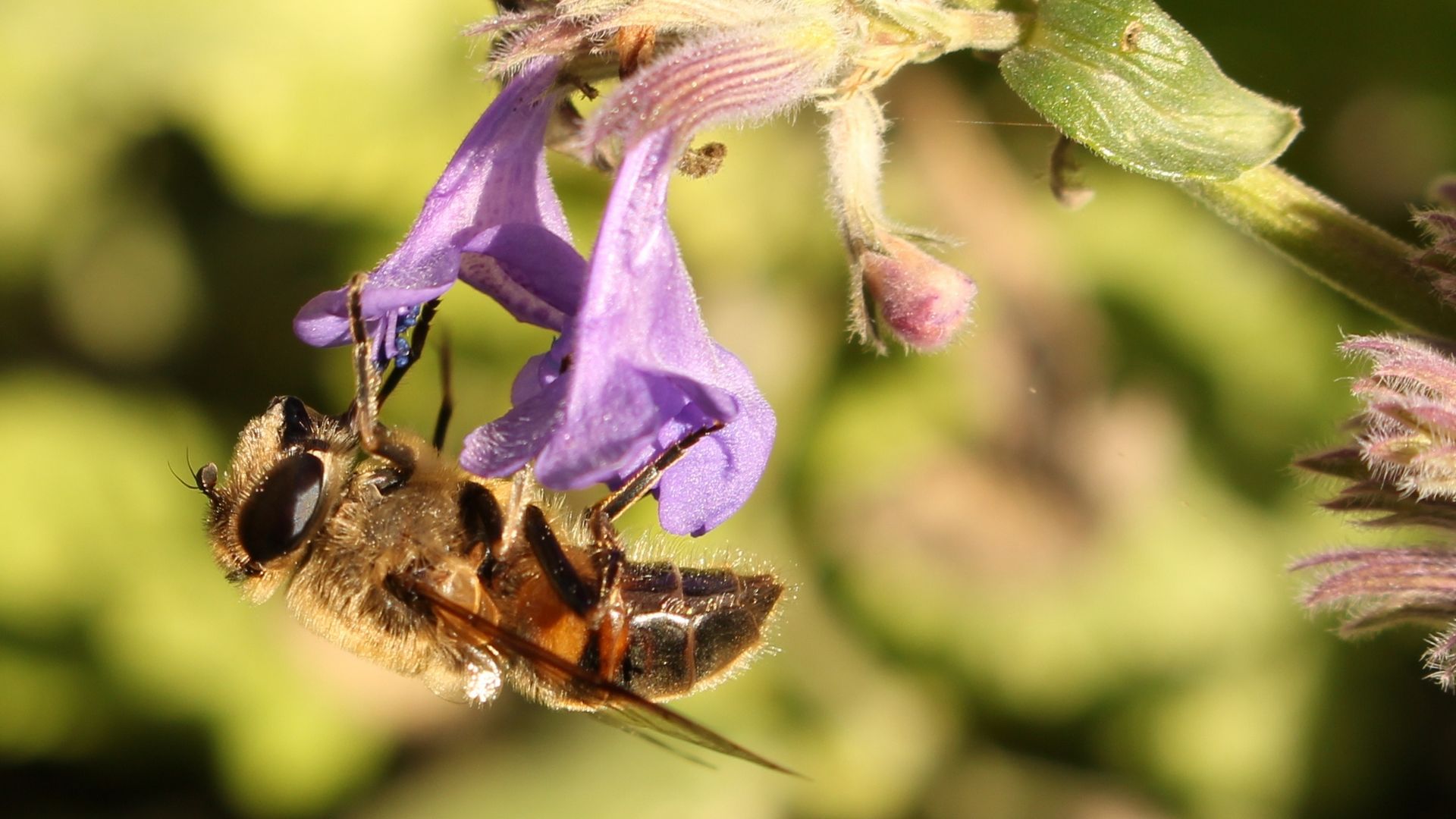Four Insect Helpers in the Garden
Gardening with nature rather than battling against it means less work for you and a safer place for wildlife.
Gardening with nature rather than battling against it means less work for you and a safer place for wildlife. Spraying with pesticides usually results in killing all the ‘goodies’ as well as all the ‘baddies’, though of course, it’s only us humans who apply these labels. There is no good or bad in nature, only balance or imbalance, and diversity is key to getting that balance right.
While we want to encourage as large a range of biodiversity as possible in our gardens, the following four insects (actually 3 insects and 1 arachnid if you want to get technical) are particularly helpful as they all play crucial roles in making a garden into healthy backyard ecosystem.
I have left out bees and worms from this list, as the benefits of having these little guys in your garden are already well known.
Ground Beetles Pāpapa

Not often seen during the day unless you disturb the log or rock they’re snoozing under, these handsome creatures are active hunters at night, preying on slugs and snails, and sometimes climbing up plants to eat aphids and caterpillars. Both adult beetles and their young larvae have strong jaws and legs, and can easily outrun their sluggish targets.
Encourage ground beetles in your garden by leaving some logs or rings of untreated wood on the ground, and a mulch of leaf litter or straw will provide cover for hunting.
Ladybirds Mῡmῡtawa

Every child’s favourite beetle, these little cuties are in reality very effective predators and have a huge appetite for soft bodied aphids, mealybugs and scale. Adult ladybirds can eat 100 aphids a day, while their young grubs will eat 50. It’s worth knowing how to identify ladybird larvae as they are totally unlike the adult they’ll metamorphose into.
Ladybirds also supplement their diet with pollen and nectar, and particularly like flowers that are also attractive to aphids – access to a balanced diet all in one place. Members of the umbelliferae (umbrella-like flowers) family are favourites, like fennel, Queen Anne’s Lace, dill, parsley, and carrots gone to seed. (It’s worth sacrificing a few carrots for this purpose as the flowers are beautiful). Calendula or English marigolds are also popular. These plants also act as a nursery for ladybird young, providing protection and shelter.
There are hundreds of different ladybird species around the world too, not just the well known red and black. Search the web and you’ll be surprised.
Hoverflies Ngaro paira

If you grow fruit trees this is one fly you definitely want around. You may not even realise they are flies, as they look so much like honey bees with their stripey markings, they are easily mistaken for them. And just like bees, they are excellent pollinators; adult flies eat nectar and pollen, transferring pollen from flower to flower as they go about their business.
While many hoverfly species have larvae that spend their youth lounging in muddy stagnant ponds (not dissimilar from the typical human teenage habitat some might say), there are others that, just like ladybirds, hunt down and eat aphids.
Spiders Pῡngāwere

Whether you like them or run from them, there’s no getting passed that spiders are very effective predators. They’re not too fussy about what or who they eat either, so lunch is just as likely to be one of our gardening friends as a foe, but that’s all part of keeping the balance.
Something that not everyone knows is that not all spiders are web-makers. At the risk of striking extra fear in the arachnophobe’s heart, many are hunting spiders that tend to sneak up on their prey, targeting crawling insects, while their web building cousins catch flying insects.
Try to appreciate that spiders are part of a healthy backyard ecosystem, part of that amazing jigsaw that needs every single organism to sustain that delicate balance, whether you personally like them or not.
And truly, they really are more afraid of you than you are of them.
What our other guests had to say
Beautiful tiny house surrounded by nature
Veronica, Queenstown
Exactly as described ! We liked the ecologic mission underneath as well as the opportunity to spot wildlife ! Perfect for those looking for a quiet spot
Simon, Mirabel, Canada
this is small but perfect for a stay in this beautiful natural surroundings
Mark, Auckland
